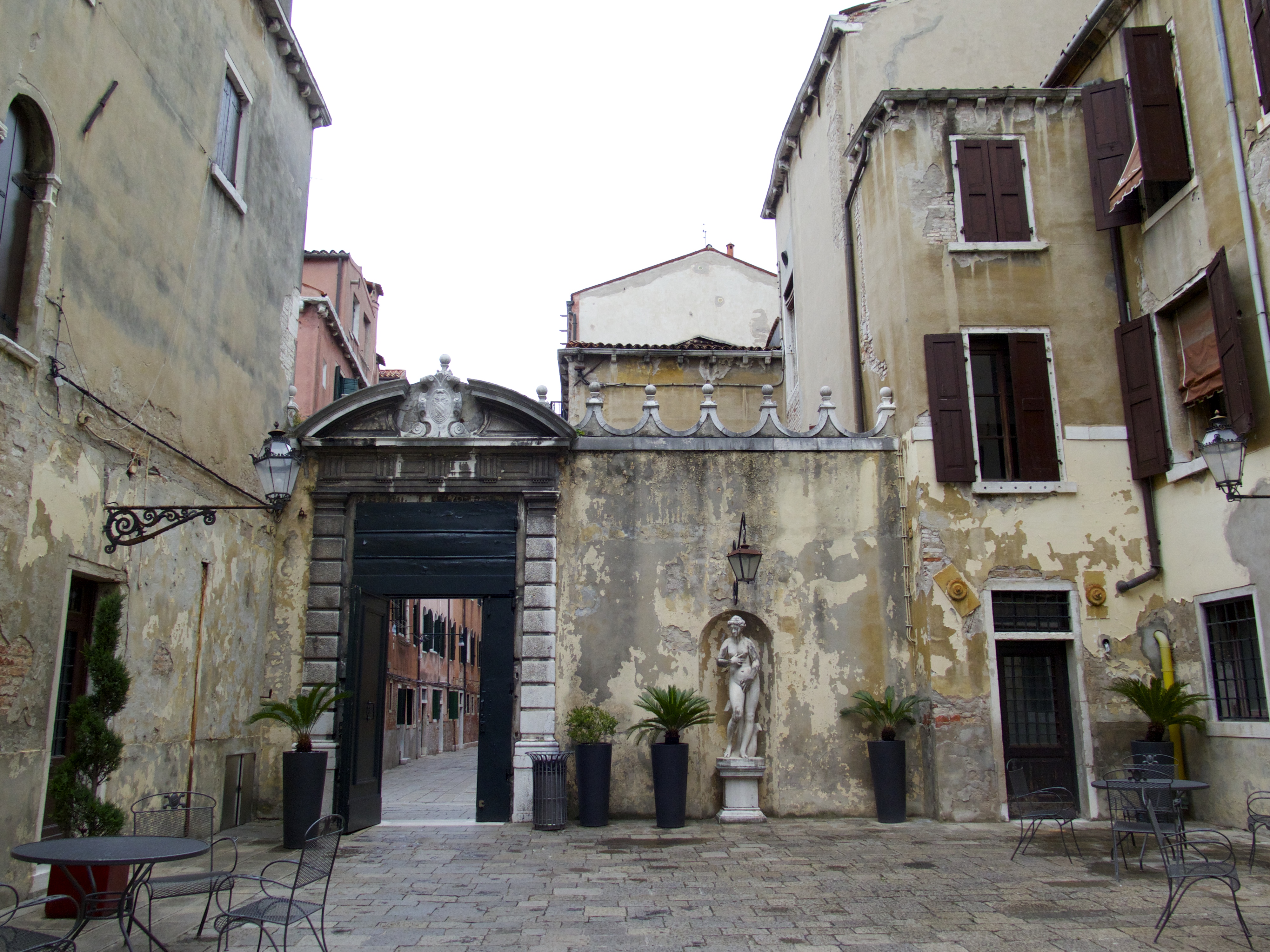Let’s mention Antonio Vivaldi – and then move on. Of all the musicians associated with Venice (where he was born and taught music many years at an orphanage) he is probably the most frequently broadcast. Honestly if I go to my grave without ever hearing the Four Seasons again, I won’t complain.



Then again, I mentioned an orphanage – here is a report from 1739:
The transcendent music is that of the ospedali. There are four of them, made up of illegitimate and orphaned girls and those whose parents are not in a position to raise them. They are brought up at the expense of the state and trained solely to excel in music. They sing like angels and play the violin, the flute, the organ, the oboe, the cello, and the bassoon…They are cloistered like nuns…about forty girls take part in each concert.”
—Charles de Brosses,
from Le Président de Brosses en Italie: Lettres familières
écrites d’Italie en 1739 et 1740 (1858)
Females played an enormous role in the musical development of the city, and not just the ones behind convent walls: the female madrigal singers and the prima donnas of the opera houses were also highly respected.


My wonderful source in the Guardian has so many more interesting composers or musicians in store for this ravaged city (lately most of all by tourists and climate change) that I have a hard time making choices. Some music written there and some music written about La Serinissmia as the city is also known, is simply ravishing.


There is Monteverdi, of course, and there is Cavalli, less known, and luckily there is a contemporary Venice Music Project whose 9 musicians (with soprano Liesl Odenweller) bring the baroque music beautifully to life with periods instruments. Or they just make it up – based on old manuscripts and letters that they found. Listen for yourself:


Franz Liszt wrote music in Venice, where his son-in-law Richard Wagner often resided, composed and eventually died in 1883.

Here is Orson Wells reading from Wagner’s journals written in Venice.

Benjamin Britten visited in 1949 and one of his very last compositions was an opera Mann’s Death in Venice. Here is an excerpt performed at La Fenice, the opera house that burned through arson in 1994, and was re-opened 10 years later.



And then there is Thomas Adés, who is neither Italian nor wrote in Venice, but the title of one of his pieces gives me an excuse to introduce him. The first movement of his work Arcadiana is called Venezia Notturna. We will listen to something else instead, though, with him conducting – I have been hooked on Concentric Circles for some days now: https://www.youtube.com/watch?v=CVG5R6sIobo It is magic.



And a further connection to Venice exists: I have been running in concentric circles around there, a few years back, exploring on my own, living in a tiny garret at the Grande Canal and getting sore shoulders from never ever putting my camera down. I’ll leave the palaces and churches and decaying beauty for another time – picked photographs today that show the city is a working city dependent on the canals having enough water or not too much which has been an increasing problem with the climate crisis.

i






Martha Ullman West
Marvelous pictures, of course they are. I’ve been to Venice once, with my mother and her older sister and it was a fraught trip, which did have its pleasures, including sitting for two hours in a cafe across the Piazza San Marco from Florian’s, drinking Campari and soda at 11 in the morning and watching people and pigeons and absorbing the architecture. I would add that Stravinsky is buried in Venice, as is Diaghilev, and that I have learned a very great deal about how that city works and doesn’t work from reading the detective novels of Donna Leon.